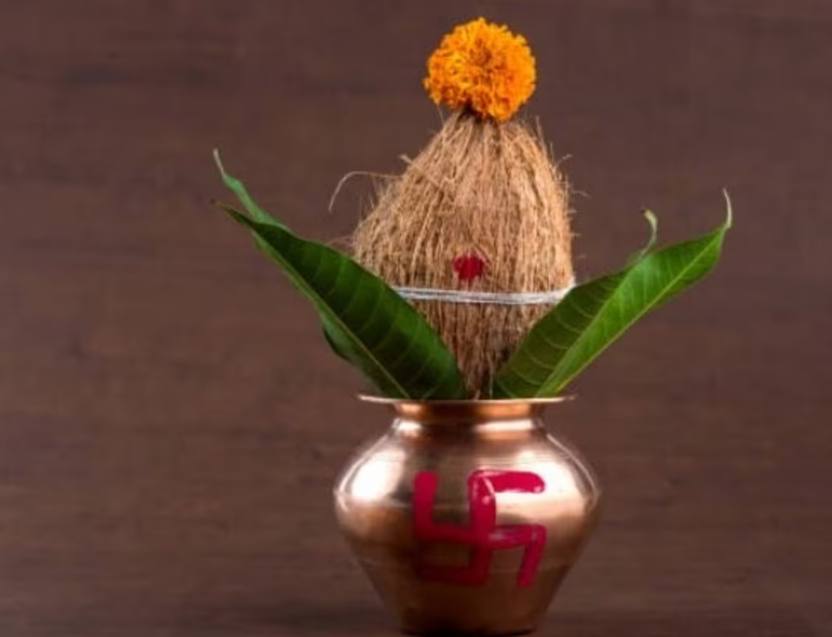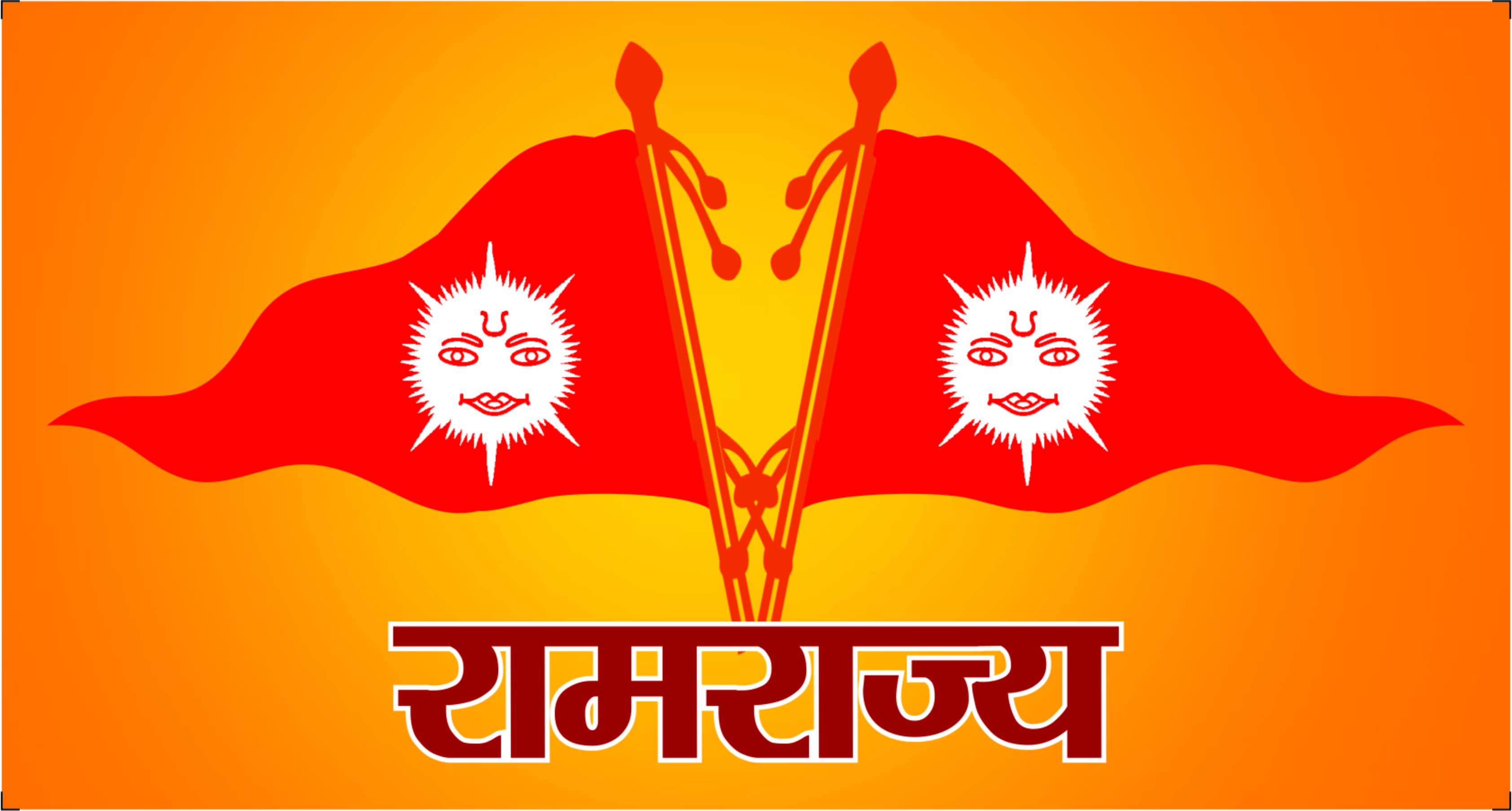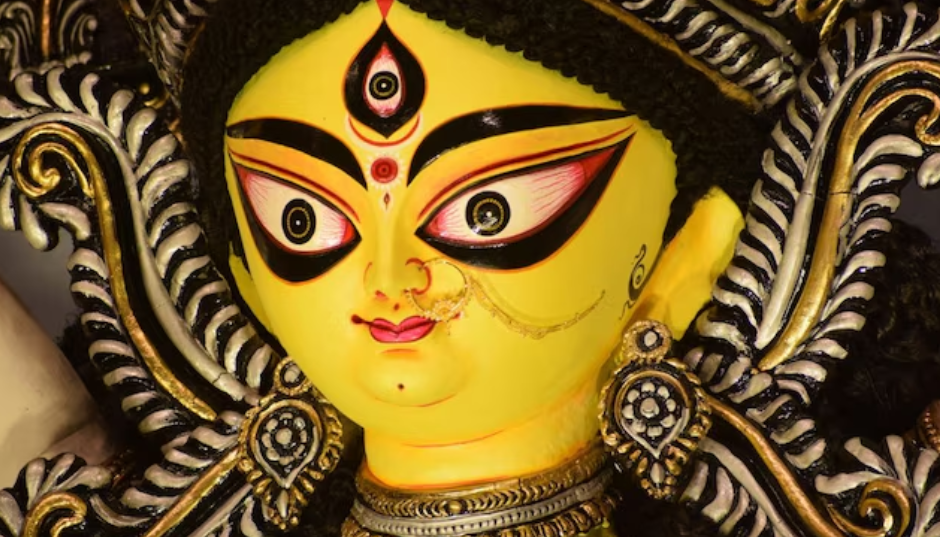Navratri holds significant importance in Hinduism, with four Navratris celebrated each year. Among these, two are Gupt Navratris, while the other two are Chaitra and Sharadiya Navratri, each with its unique significance. Sharadiya Navratri occurs from the Pratipada Tithi to the Navami Tithi of the Shukla Paksha in the month of Ashwin.
During this festival, devotees engage in fasting and worship the nine forms of Maa Durga. Many also install a Kalash (sacred pot) in their homes and perform rituals to honor the goddess over nine days. This period is marked by various religious practices and celebrations.

For those observing the festival, understanding the auspicious timing for Sharadiya Navratri, the procedure for Kalash Sthapana, and the related puja rituals is essential.
When installing the Kalash during Navratri, it’s important to know the correct placement direction and what to inscribe on it. While many are aware of these guidelines, fewer people understand the significance of placing a coconut on the Kalash. It’s vital to avoid certain mistakes during this process.
According to the Panchang, Sharadiya Navratri will commence on October 3 at 12:18 AM and conclude on October 4 at 2:58 AM. Based on the Udaya date, Sharadiya Navratri officially begins on October 3.



